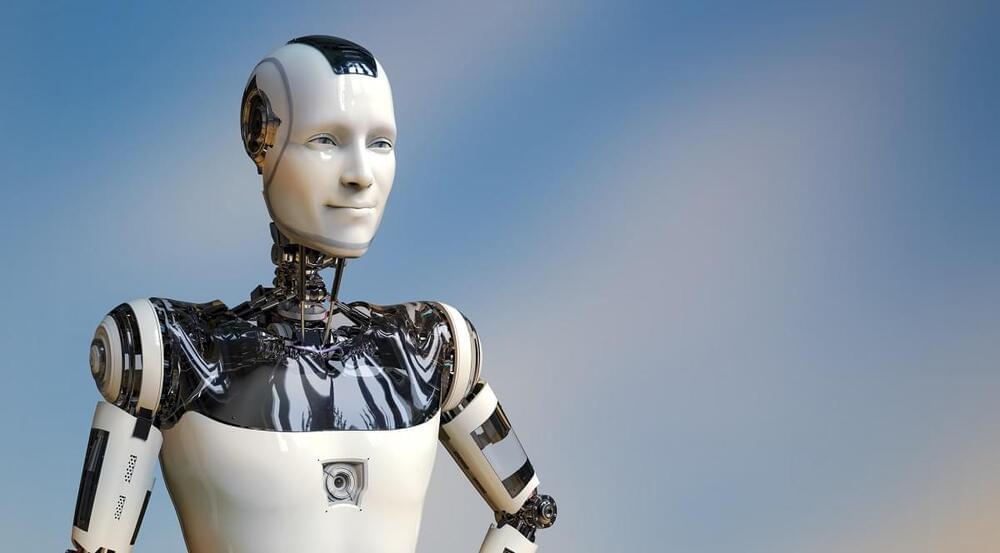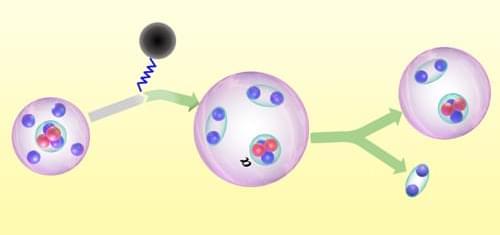Articles may contain affiliate links which enable us to share in the revenue of any purchases made.
Registration on or use of this site constitutes acceptance of our Terms of Service.
© recurrent ventures inc, all rights reserved.




AI is here to enforce Zoom etiquette, apparently.
As The Wall Street Journal reports, a growing number of companies are using AI bots in video meetings to mediate, transcribe, and — yes — etiquette-check participants who may be lecturing or interrupting others. Often, according to the report, the bots are just silent notetakers, there to either summarize the meeting for someone who can’t be there, or keep minutes for the group. In other cases, though, the bots will pipe up to let speakers know whether they might be droning on a bit too much.
“It was like, monologue!” Josh Stir, the senior software development manager for a tax services company, told the WSJ of his experience with a Zoom behavior bot. The AI seemingly thought the software developer was speaking too flatly, urging Stir to raise and lower his pitch in order to maintain the group’s interest.

In its ground state, the helium-8 (8He) nucleus consists of an alpha particle (4He nucleus) and four neutrons. If, before its few-hundred-milliseconds life ends, an 8 He nucleus is nudged into its first 0+ excited state, the four neutrons form two pairs known as dineutron clusters. According to theory, the alpha particle and the two neutron clusters settle into a three-member nuclear analog of a Bose-Einstein condensate. That outcome has now been observed for the first time by Zaihong Yang of Peking University and his colleagues at the RIKEN Nishina Center in Japan [1].
The experiment entailed firing a high-intensity beam of 8 He nuclei at polyethylene and carbon targets. Some collisions excited the nuclei into the sought-after condensate state, which promptly broke up into a helium-6 (6He) nucleus and a single neutron pair. The 6 He nuclei made their way through dipole magnets to drift detectors and plastic scintillators for characterization. The neutrons struck a plastic scintillator whose layered construction made it possible to identify which neutrons were correlated—that is, members of a dineutron cluster—and which were not. The correlated neutron pairs and the scattering count rate’s dependence on energy, angle, and type of target were all consistent with theoretical predictions of the nature of the correlated 8 He excited state.
The 8 He condensate resembles the so-called Hoyle state of carbon-12, which consists of three alpha particles in the condensed state. Astronomer Fred Hoyle predicted the state in 1954 to account for the synthesis of carbon in helium-burning stars. Yang points out that nuclear condensates could also have implications for understanding the structures of exotic nuclei and neutron stars.

Researchers at North Carolina State University have now identified a welding technique that can be used to join composite metal foam (CMF) components together without impairing the properties that make CMF desirable. CMFs hold promise for a wide array of applications because the pockets of air they contain make them light, strong and effective at insulating against high temperatures.
CMFs are foams that consist of hollow, metallic spheres—made of materials such as stainless steel or titanium—embedded in a metallic matrix made of steel, titanium, aluminum or other metallic alloys. The resulting material is both lightweight and remarkably strong, with potential applications ranging from aircraft wings to vehicle armor and body armor.
In addition, CMF is better at insulating against high heat than conventional metals and alloys, such as steel. The combination of weight, strength and thermal insulation means that CMF also holds promise for use in storing and transporting nuclear material, hazardous materials, explosives and other heat-sensitive materials.

Nvidia stock has more than tripled this year as investors bet the graphics-chip specialist will power the artificial-intelligence revolution. Elon Musk is among those who can’t get enough of its semiconductors, Oracle’s Larry Ellison said on Monday.
Musk has opted to use Oracle’s servers to run his xAI company’s recently launched chatbot, Grok. The cloud-infrastructure giant managed to provide enough Nvidia chips to power the first version of Grok, but fell short of Musk’s demands, Ellison said during Oracle’s latest earnings call, according to a transcript provided by AlphaSense/Sentieo.
“Boy, did they want a lot more GPUs than we gave them,” Oracle’s billionaire cofounder and tech chief said. “We gave them quite a few but they wanted more, and we are in the process of getting them more.”

That’s in large part due to these tools’ ability to churn out content at much faster rates than human writers — and at a fraction of the cost.
Given the biblical flood of bottom-shelf AI-generated content polluting the internet today, it’s clear that everyday internet users are not going to benefit.
However, some entrepreneurs are hellbent on making a buck by repurposing existing content, laundering it through an AI algorithm, and passing it off as their own.

An organizer of an upcoming software and developer conference called DevTernity has been accused of cooking up fake women speakers featured on the event’s website — AI-generated headshots and all.
It looks a lot like a horrifically misfired attempt to pad out the apparent diversity in a heavily male-dominated space, a hypothesis the event’s organizer Eduards Sizovs has since forcefully denied.
The bizarre development triggered a resounding outcry, leading to high-profile engineering leaders from the likes of Microsoft and Google to bow out of the conference.

Earlier this week, Meta announced a new AI image generator dubbed “Imagine with Meta AI.”
And while it may seem like an otherwise conventional tool meant to compete with the likes of Google’s DALL-E 3, Diffusion, and Midjourney, Meta’s underlying “Emu” image-synthesis model has a dirty little secret.
What’s that? Well, as per the company’s official documentation — the latest example of Meta squeezing every last drop out of its user base and its ever-valuable data.